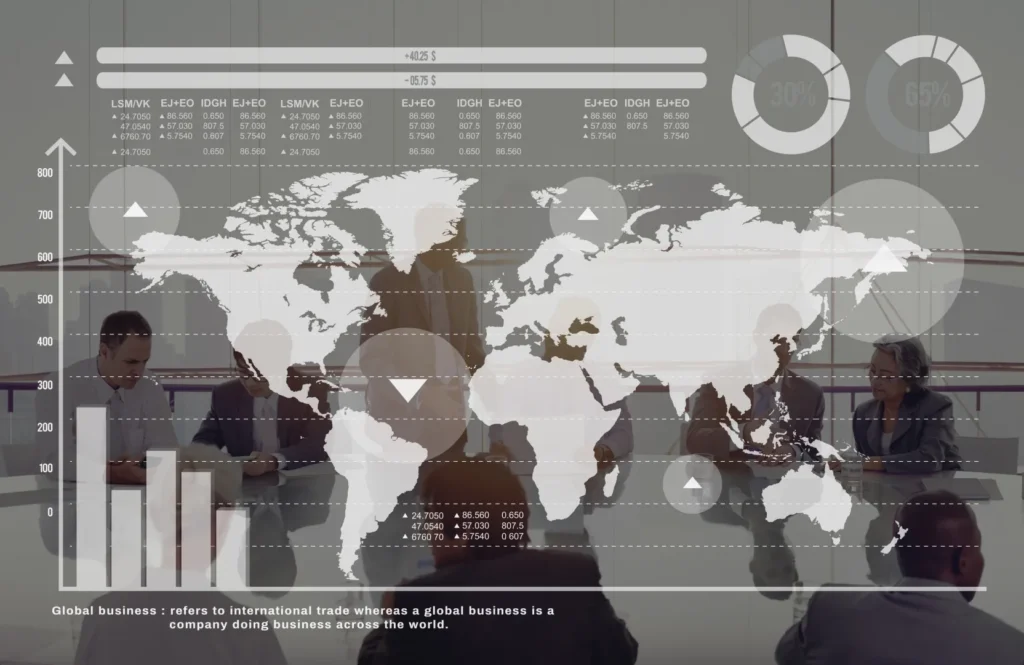
International Nursing Migration Patterns Reveal 1 in 7 Nurses Worldwide Are Foreign-Born
2025
New data from the World Health Organization’s State of the World’s Nursing 2025 report reveals striking international migration patterns, with one in seven nurses globally being foreign-born, highlighting the critical role of nurse mobility in addressing workforce shortages and global health challenges.
Build the future you deserve. Get started with our top-tier Online courses: ACCA, HESI A2, ATI TEAS 7, HESI EXIT, NCLEX-RN, NCLEX-PN, and Financial Literacy. Let Serrari Ed guide your path to success. Enroll today.
Global Migration Statistics

The comprehensive analysis of nursing workforce data demonstrates the significant impact of international migration on healthcare systems worldwide:
Key Migration Indicators:
- 14% (1 in 7) of all nurses globally are foreign-born
- 23% of nurses in high-income countries are internationally educated
- Increasing reliance on international recruitment to address nursing shortages
- Complex patterns of South-to-North and regional migration flows
Migration Patterns and Destinations
Primary Destination Countries:
- United States: Largest recipient of internationally educated nurses
- United Kingdom: Significant increase in international recruitment
- Canada: Growing immigration programs for healthcare professionals
- Australia: Targeted nursing migration programs
- Gulf Cooperation Council countries: Expanding healthcare systems
Source Country Impacts:
- Philippines: Largest source of internationally migrating nurses
- India: Significant contributor to global nurse migration
- Sub-Saharan Africa: Brain drain concerns and capacity limitations
- Eastern Europe: Regional migration to Western European countries
- Caribbean nations: High emigration rates to North America
Driving Forces Behind Migration
Economic Factors:
- Significant salary differentials between countries
- Limited career advancement opportunities in source countries
- Better working conditions and professional development
- Economic stability and family financial security
Professional Development:
- Advanced training and specialization opportunities
- Access to cutting-edge technology and treatments
- Research and innovation participation
- Professional recognition and career advancement
Quality of Life Considerations:
- Political stability and social security
- Educational opportunities for children
- Healthcare access for families
- Cultural and linguistic communities
Impact on Healthcare Systems
Destination Country Benefits:
- Rapid workforce augmentation to address nursing shortages
- Cultural diversity and global perspectives
- Specialized skills and international experience
- Cost-effective solution compared to domestic nurse training
Source Country Challenges:
- Loss of investment in nursing education
- Weakened healthcare system capacity
- Reduced quality of care and access
- Economic impact on health sector development
Ready to level up your career? Join our expert-led Online courses in ACCA, HESI A2, ATI TEAS 7, HESI EXIT, NCLEX-RN, NCLEX-PN, and Financial Literacy. At Serrari Ed, we turn potential into achievement. Start your journey today!
Ethical Recruitment and Policy Frameworks
WHO Global Code of Practice:
- Ethical recruitment guidelines and standards
- Protection of source country healthcare systems
- Fair treatment and integration of migrant nurses
- Circular migration and knowledge transfer promotion
Bilateral Agreements:
- Government-to-government recruitment partnerships
- Managed migration programs with quotas and safeguards
- Training and development cooperation
- Return migration and capacity building support
Professional Integration Challenges
Credential Recognition:
- Complex licensure and certification processes
- Language proficiency requirements and testing
- Cultural competency and adaptation training
- Continuing education and professional development
Workplace Integration:
- Discrimination and bias prevention
- Mentorship and support programs
- Cultural sensitivity training for all staff
- Career advancement and leadership opportunities
Social and Cultural Adaptation:
- Housing and community integration support
- Family reunification and educational services
- Religious and cultural accommodation
- Social network development and community connections
Policy Recommendations and Best Practices
Sustainable Recruitment Strategies:
- Investment in source country capacity building
- Partnership and twinning arrangements
- Technology transfer and knowledge sharing
- Ethical recruitment standards implementation
Integration and Retention Programs:
- Comprehensive orientation and onboarding
- Mentorship and peer support networks
- Career development and advancement pathways
- Recognition and celebration of diversity
Global Cooperation Initiatives:
- International development cooperation
- Health system strengthening partnerships
- Faculty exchange and education collaboration
- Research and innovation partnerships
Future Trends and Projections
Emerging Migration Patterns:
- Climate change impact on migration decisions
- Technology enabling remote work and consultation
- Regional integration and mutual recognition agreements
- Temporary migration and circular migration models
Policy Innovation:
- Digital credentialing and recognition systems
- Virtual reality training and orientation programs
- Artificial intelligence for matching and placement
- Blockchain technology for credential verification
Technology-Enabled Solutions:
- Telehealth reducing need for physical migration
- Online education and professional development
- Virtual collaboration and knowledge sharing
- Remote supervision and consultation capabilities
Global Health Security Implications
The international migration of nurses has significant implications for global health security:
Pandemic Preparedness:
- Rapid deployment of skilled healthcare workers
- Knowledge transfer and best practice sharing
- Global coordination and response capacity
- Resilient health system development
Health Equity Considerations:
- Access to care in underserved regions
- Cultural competency and diverse care provision
- Language accessibility and communication
- Community trust and engagement
The complex dynamics of international nursing migration require balanced approaches that address global health needs while protecting source country capacity and ensuring ethical treatment of migrant healthcare workers. This includes supporting registered nurses, nurse practitioners, and other healthcare professionals in both destination countries and source countries to maintain sustainable healthcare delivery and patient care standards worldwide.
Source: WHO – State of World’s Nursing 2025
Ready to take your career to the next level? Join our Online courses: ACCA, HESI A2, ATI TEAS 7 , HESI EXIT , NCLEX – RN and NCLEX – PN, Financial Literacy!🌟 Dive into a world of opportunities and empower yourself for success. Explore more at Serrari Ed and start your exciting journey today! ✨
Track GDP, Inflation and Central Bank rates for top African markets with Serrari’s comparator tool.
See today’s Treasury bonds and Money market funds movement across financial service providers in Kenya, using Serrari’s comparator tools.
